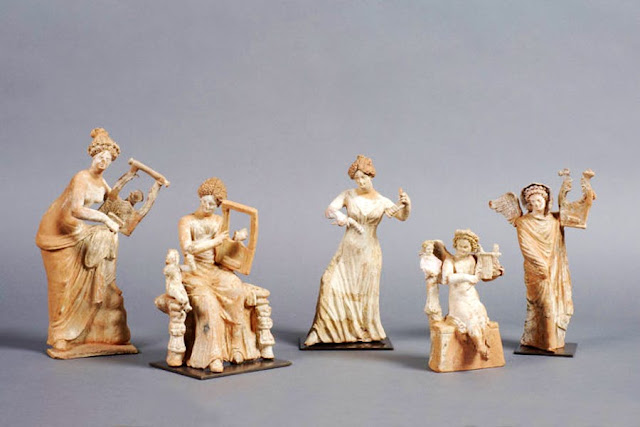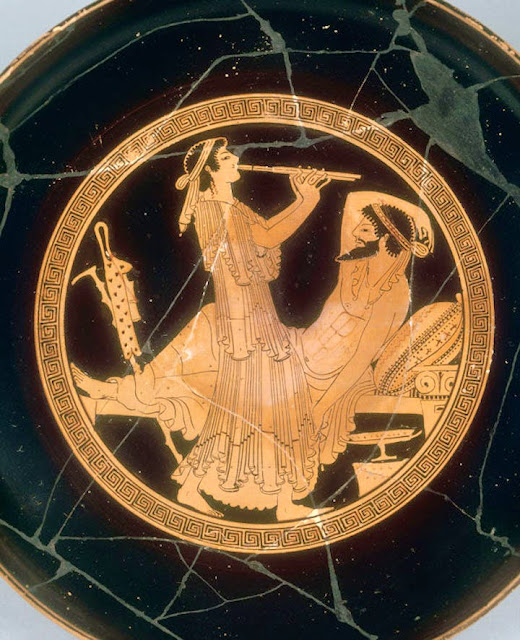ramonmercado
CyberPunk
- Joined
- Aug 19, 2003
- Messages
- 60,946
- Location
- Eblana
And the earliest polyphonic music.
New research has uncovered the earliest known practical piece of polyphonic music, an example of the principles that laid the foundations of European musical tradition. The earliest known practical example of polyphonic music - a piece of choral music written for more than one part - has been found in a British Library manuscript in London.
The inscription is believed to date back to the start of the 10th century and is the setting of a short chant dedicated to Boniface, patron Saint of Germany. It is the earliest practical example of a piece of polyphonic music – the term given to music that combines more than one independent melody – ever discovered.
Written using an early form of notation that predates the invention of the stave, it was inked into the space at the end of a manuscript of the Life of Bishop Maternianus of Reims. ...
http://phys.org/news/2014-12-earliest-piece-polyphonic-music.html
New research has uncovered the earliest known practical piece of polyphonic music, an example of the principles that laid the foundations of European musical tradition. The earliest known practical example of polyphonic music - a piece of choral music written for more than one part - has been found in a British Library manuscript in London.
The inscription is believed to date back to the start of the 10th century and is the setting of a short chant dedicated to Boniface, patron Saint of Germany. It is the earliest practical example of a piece of polyphonic music – the term given to music that combines more than one independent melody – ever discovered.
Written using an early form of notation that predates the invention of the stave, it was inked into the space at the end of a manuscript of the Life of Bishop Maternianus of Reims. ...
http://phys.org/news/2014-12-earliest-piece-polyphonic-music.html




